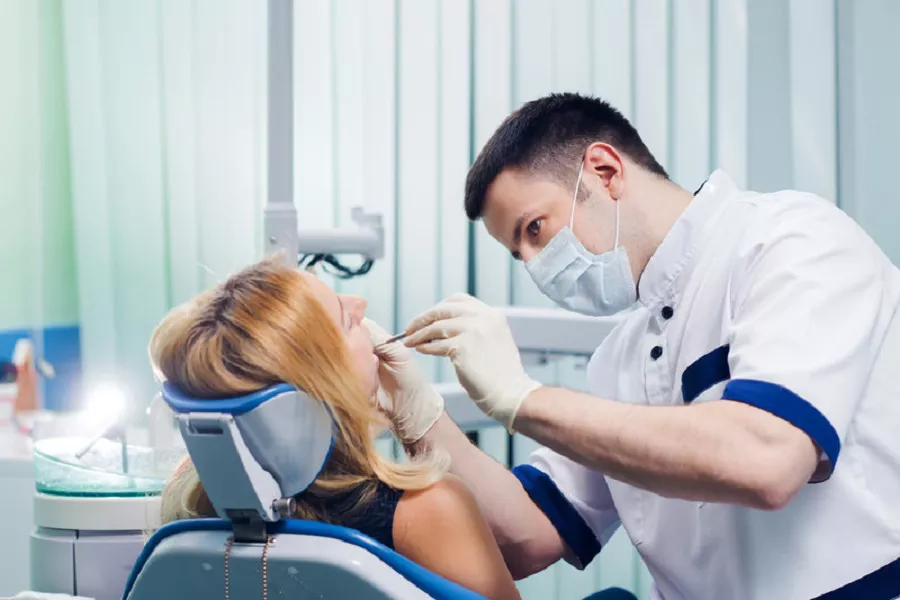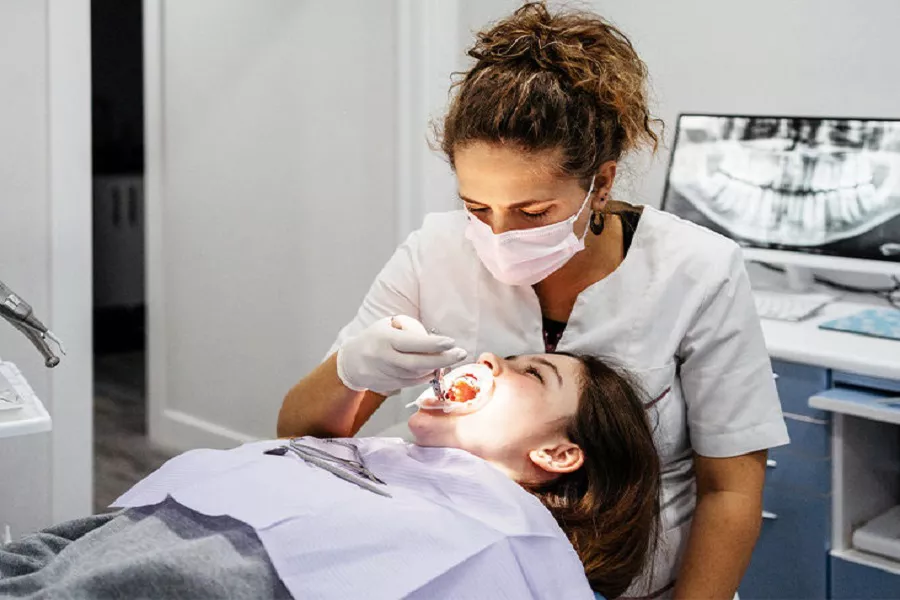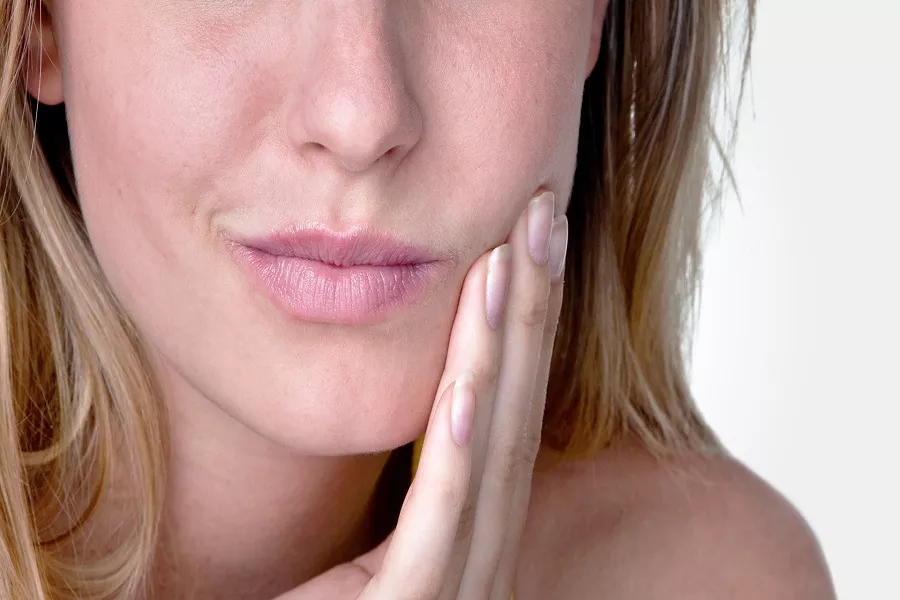Because most malocclusions are formed during the growth and development of children, some dental malocclusions will affect the normal development of the upper and lower dental arches or the upper and lower jaws, and make the development of dental deformities more and more serious. For example, in patients with anterior crossbite, when the upper and lower front teeth are in a crossbite relationship, the lower dental arch will hinder the normal forward development of the maxilla, resulting in insufficient length development of the maxilla. Such as patients with anterior teeth and jaws. At the same time, due to the loss of the front teeth, the mandible is restricted by the overbite-jaw covering relationship under normal conditions, and the force of the forward development of the upper jaw will push the lower jaw to develop further forward. In this way, with the increase of age, the upper and lower jaws interact with each other and the deformity becomes more and more serious, forming a developmental deformity of 1/3 depression and mandibular protrusion in the face.
(1) Affecting the health of the oral cavity When the teeth are crowded and dislocated, it can cause gingival and periodontal inflammation because it is not easy to self-clean, and it is prone to caries. At the same time, misplaced teeth can affect the health of periodontal tissue due to abnormal occlusion.
(2) Affecting the health of the oral-maxillary system. Serious malocclusion can affect the normal function of the oral-maxillary system. For example, severe mandibular retraction and open lips and teeth can easily cause mouth breathing and affect respiratory function; posterior teeth lock and jaw can affect chewing function. ; Severe mandibular protrusion can cause abnormal swallowing; severe mandibular protrusion and jaw opening will change the normal position of the tongue, change the positional relationship between the tongue and teeth during swallowing, and affect normal swallowing function; Tooth opening and severe mandibular protrusion will cause abnormal pronunciation; misaligned teeth and jaws are abnormally positioned, and jaw interference occurs, which can cause mandibular opening and closing, protraction, and lateral movement disorders, which in turn affects the normal function of the temporomandibular joint. , organic lesions of the temporomandibular joint.
(3) Affecting appearance Various types of malocclusion will affect appearance to varying degrees, and may present deformities such as open lips and teeth, bimaxillary protrusion, and the lower one-third of the face is too long or too short.
(4) Harmful systemic malocclusion will not only affect the health of the oral and jaw system, but also cause damage to the whole body. When the malocclusion is serious, the masticatory function is significantly reduced, which can cause indigestion and gastrointestinal diseases. In addition, facial deformities not only affect appearance, but even affect social and occupational choices, resulting in mental and psychological abnormalities.
Reminder: For more knowledge about dental malocclusion, misaligned teeth, underbite, please pay attention to: padmel.com, to provide you with comprehensive professional orthodontic care, tooth filling, orthodontic treatment and other dental care.






























